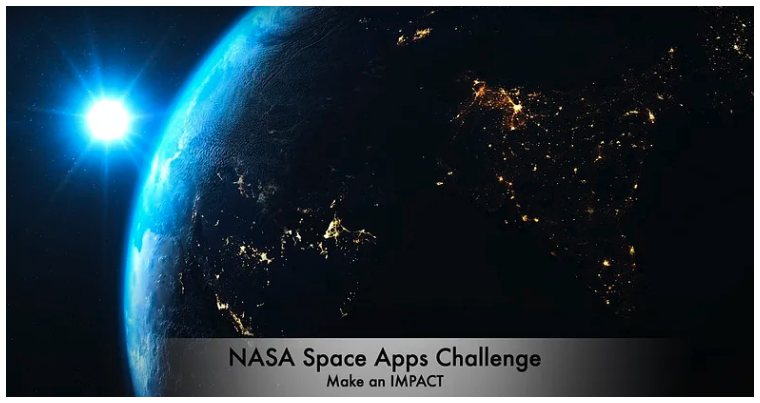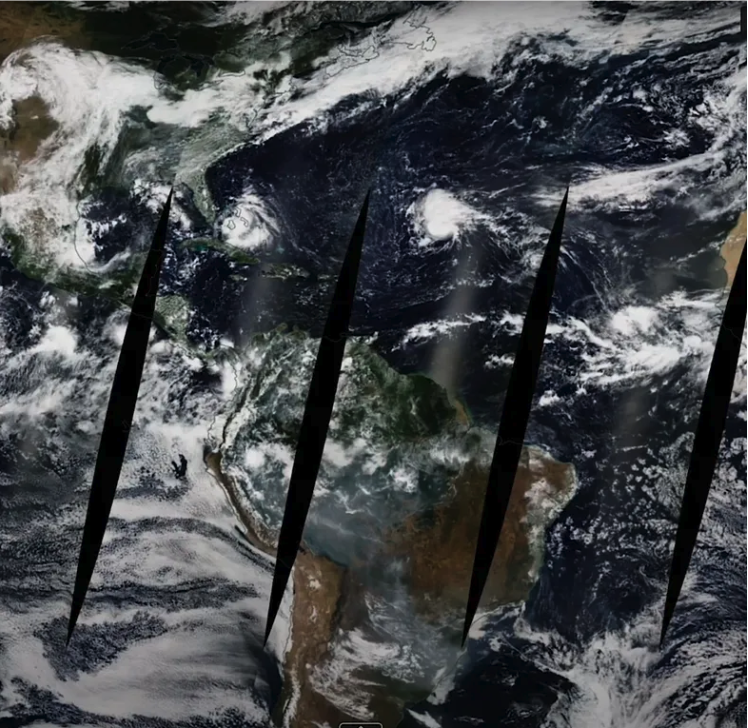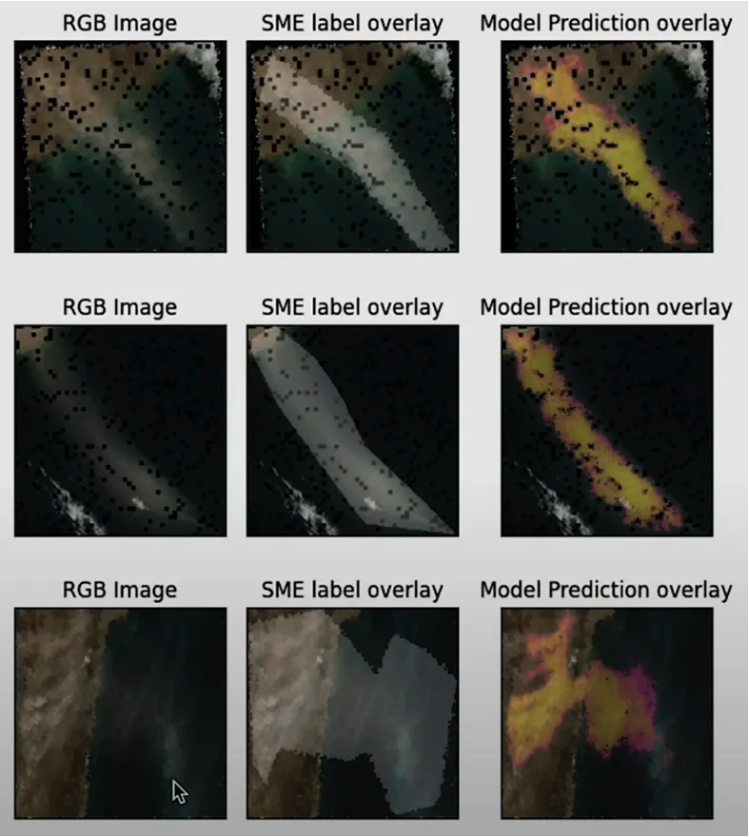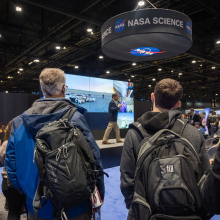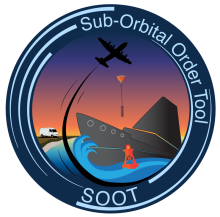The Space Apps Challenge is all about maximizing the scientific return of Earth observation missions by improving the use of and access to Earth science data. The Space Apps Challenge is an annual hackathon hosted by NASA, CSA, CNES, JAXA, and ESA. For the October 2020 challenge, IMPACT has contributed a challenge that calls for the exploration of machine learning that is aimed at enhancing understanding of our planet.
More specifically, the challenge asks participants to contribute to automated phenomena detection in satellite imagery. Phenomenon detection is a difficult human skill to emulate. Natural phenomena, such as smoke and dust storms, have major impacts on ecosystems, economies, and human safety. Satellite data is essential to researchers worldwide as they explore ways to understand and mitigate the effects of damaging natural phenomena.
In the IMPACT challenge, participants are asked to assist Earth science researchers by creating a machine learning model that detects a specific phenomenon and then build an interface that not only displays the detected phenomena but also layers it alongside ancillary data to give researchers and decision-makers additional insights when looking at the imagery.
The specifics of the challenge are broken down into four discrete tasks and one bonus task. The four main tasks are:
- choosing the phenomenon which the model will be trained to detect;
- deciding on which satellite data type to use (labeled or unlabeled);
- creating a machine learning algorithm and detection model; and
- visualizing the detections in ways that add ancillary data to show the societal impact of the chosen phenomena.
Ankur Shah, one of the IMPACT team members who spearheaded development of the challenge, describes the broader goal:
"By hosting a challenge in this hackathon, we want to crowdsource phenomena detection models from teams across the globe. We have deliberately left the choice of the phenomena open to obtain a wide range of detection models from the participants. We hope that our challenge will empower anyone to create a machine learning model using NASA’s satellite imagery and ultimately further the use of geospatial data for societal benefits."
Additional details on the challenge are described in this video along with information on tools and resources developed by IMPACT's machine learning team and made available to the challenge participants.
More information about IMPACT can be found at NASA Earthdata and the IMPACT project website.
